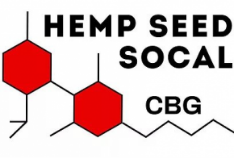{ "27.01:_Organic_Reactions:_An_Introduction" : "property get [Map MindTouch.Deki.Logic.ExtensionProcessorQueryProvider+<>c__DisplayClass228_0.
Used Tractor Tire For Workout,
West Virginia Gymnastics Erica Fontaine,
Copper Gradient Color Code,
Publix Bakery Jobs,
Maytag Washer Stops At Spin Cycle,
Articles H


